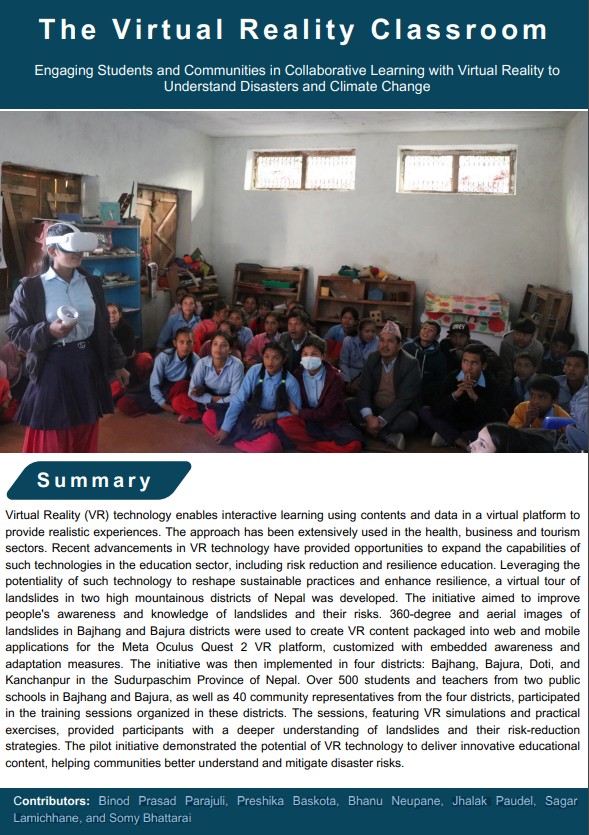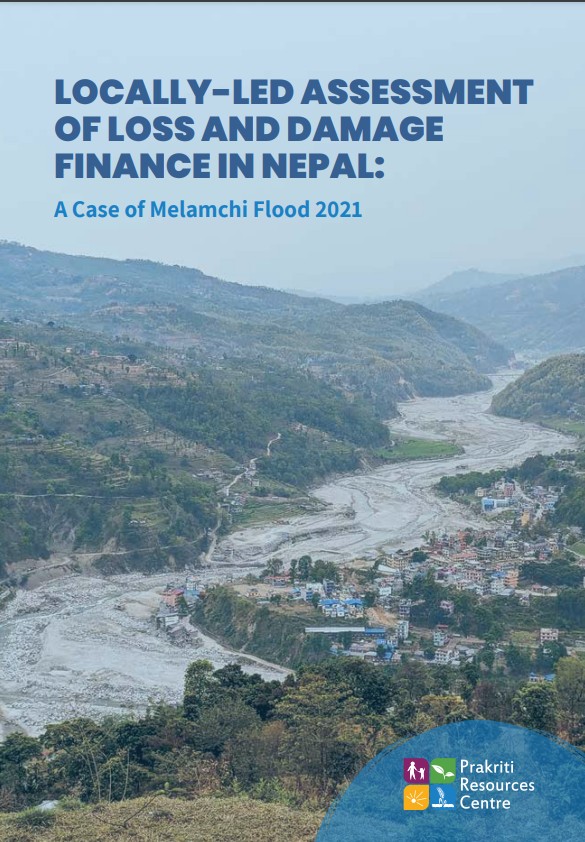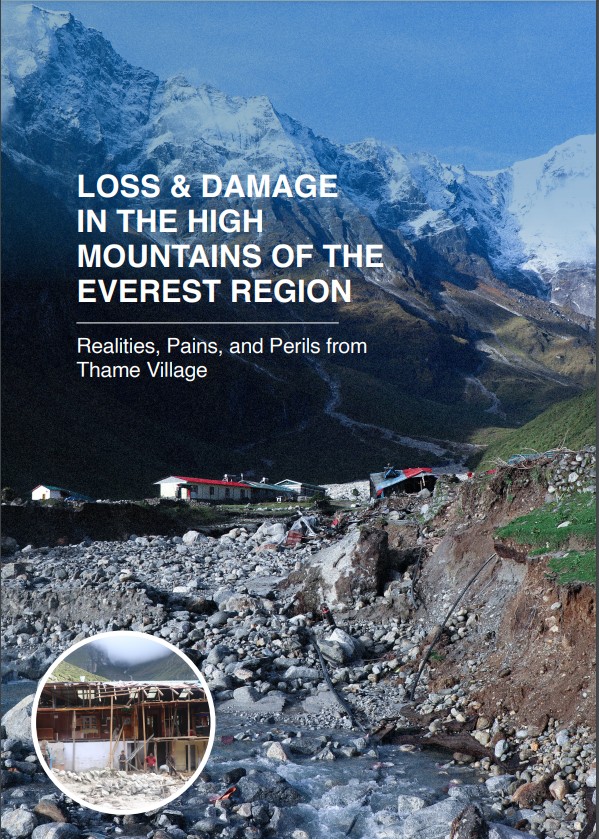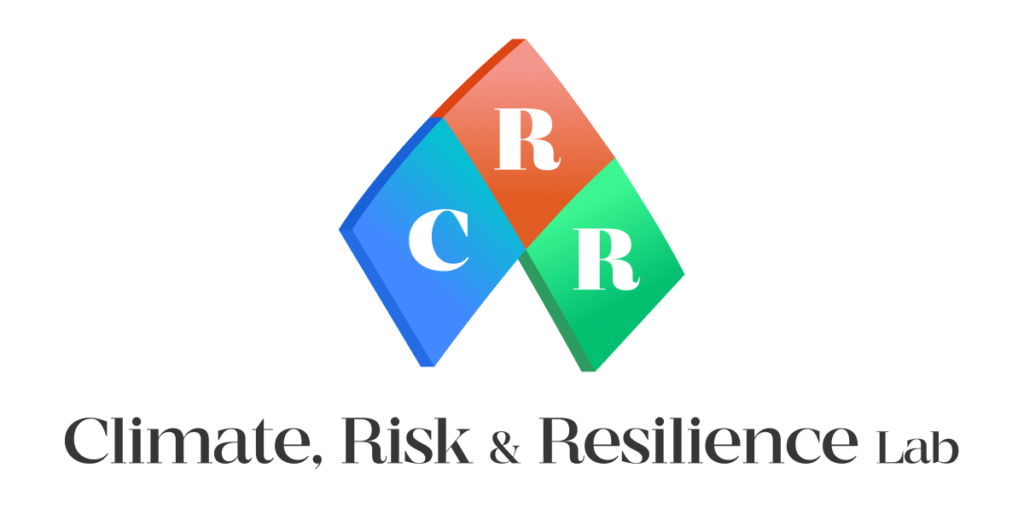Be Informed
Publications

VR classroom
Virtual Reality (VR) technology enables interactive learning using contents and data in a virtual platform to provide realistic experiences. The approach has been extensively used in the health, business and tourism sectors. Recent advancements in VR technology have provided opportunities to expand the capabilities of such technologies in the education sector, including risk reduction and resilience education. Leveraging the potentiality of such technology to reshape sustainable practices and enhance resilience, a virtual tour of landslides in two high mountainous districts of Nepal was developed. The initiative aimed to improve people’s awareness and knowledge of landslides and their risks. 360-degree and aerial images of landslides in Bajhang and Bajura districts were used to create VR content packaged into web and mobile applications for the Meta Oculus Quest 2 VR platform, customized with embedded awareness and adaptation measures. The initiative was then implemented in four districts: Bajhang, Bajura, Doti, and Kanchanpur in the Sudurpaschim Province of Nepal.
Contributors:

Locally-led Assessment
As the consequences of climate change become more severe on a global scale, the extent of associated loss and damage continues to rise. These events entail significant economic and non-economic losses, including loss of lives, infrastructure, livelihoods, and ecosystems. Particularly, communities and individuals in developing countries, such as Nepal, suffer through disproportionate impact due to their high vulnerability, geographical remoteness, dependence on climate-sensitive sectors, and limited adaptive capacities. Ineffective policy implementation, unavailability of compensatory mechanisms, and insufficient political commitment further increase the risk compounded by existing socio-economic inequalities.
Contributors:

Loss and Damage Thame GLOF
Nepal is home to over eight of the world’s tallest mountains, including Mount Everest. These mountains are essential sources of water, life, culture, and livelihood, and thrive civilizations in Asia. However, global environmental change including climate change has led to increased extreme weather events, making these regions fragile and susceptible. On the afternoon of 16th August, 2024, a Glacial Lake Outburst Flood (GLOF) struck Thame village in Solukhumbu district in the Everest region of Nepal. The GLOF has been originated from the Thyanbo glacial lake (about 8 km upstream of the Thame village), which was recently formed. The incident devastated the Sherpa community, profoundly affecting cultural heritage, livelihoods, infrastructure, agricultural land, connectivity, energy access, and the natural environment. This study assessed economic and non-economic losses and damages through extensive field research, including eight key informant interviews, 46 household surveys, two focus group discussions, and eight case stories. The findings of this study were validated and triangulated using the municipal data provided by the Khumbu Pasanglhamu Rural Municipality, which includes a detailed survey conducted by the municipality.
Contributors: Binod Prasad Parajuli, Preshika Baskota, Abhishek Shrestha, Nischal Sedhai, Somy Bhattarai, Jhalak Paudel, Prayash Adhikari and Pratima Khatri-Chhetri
